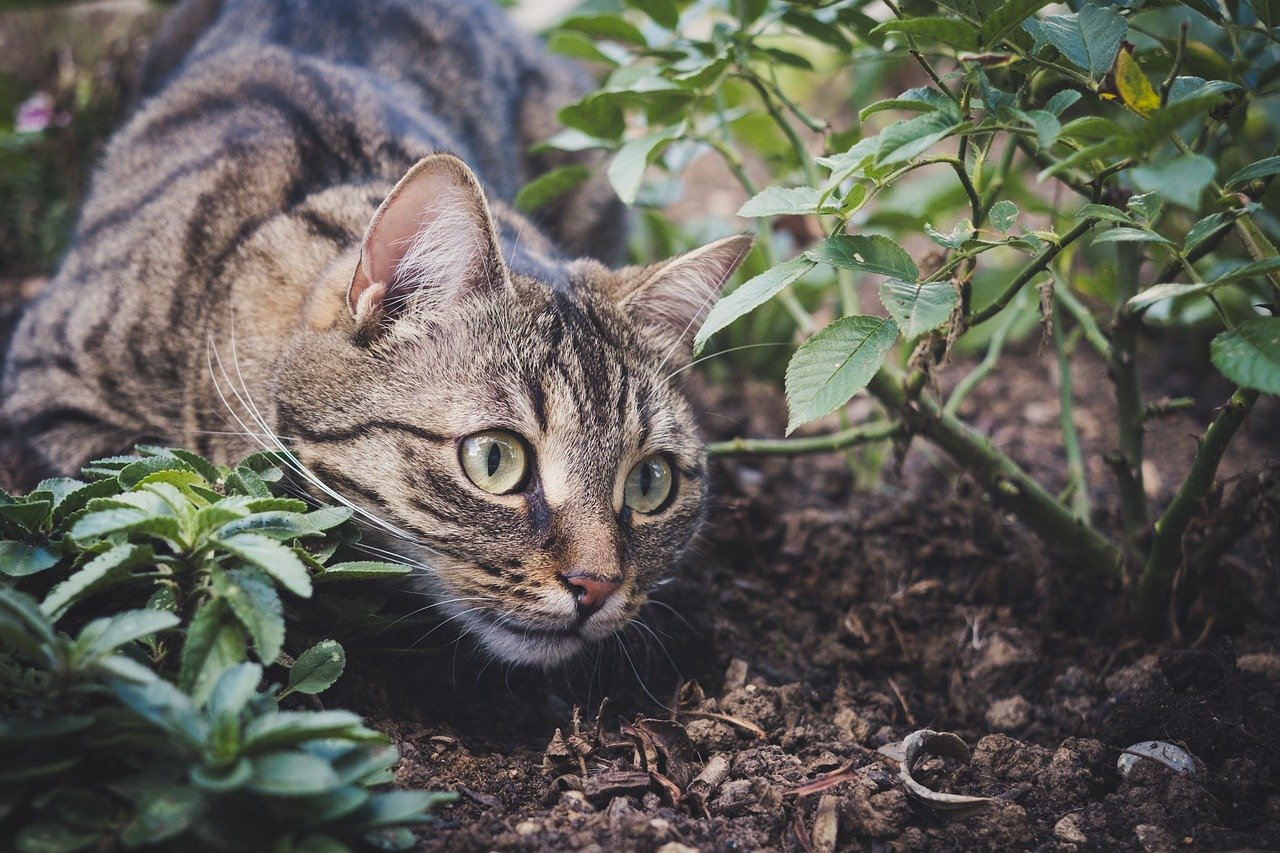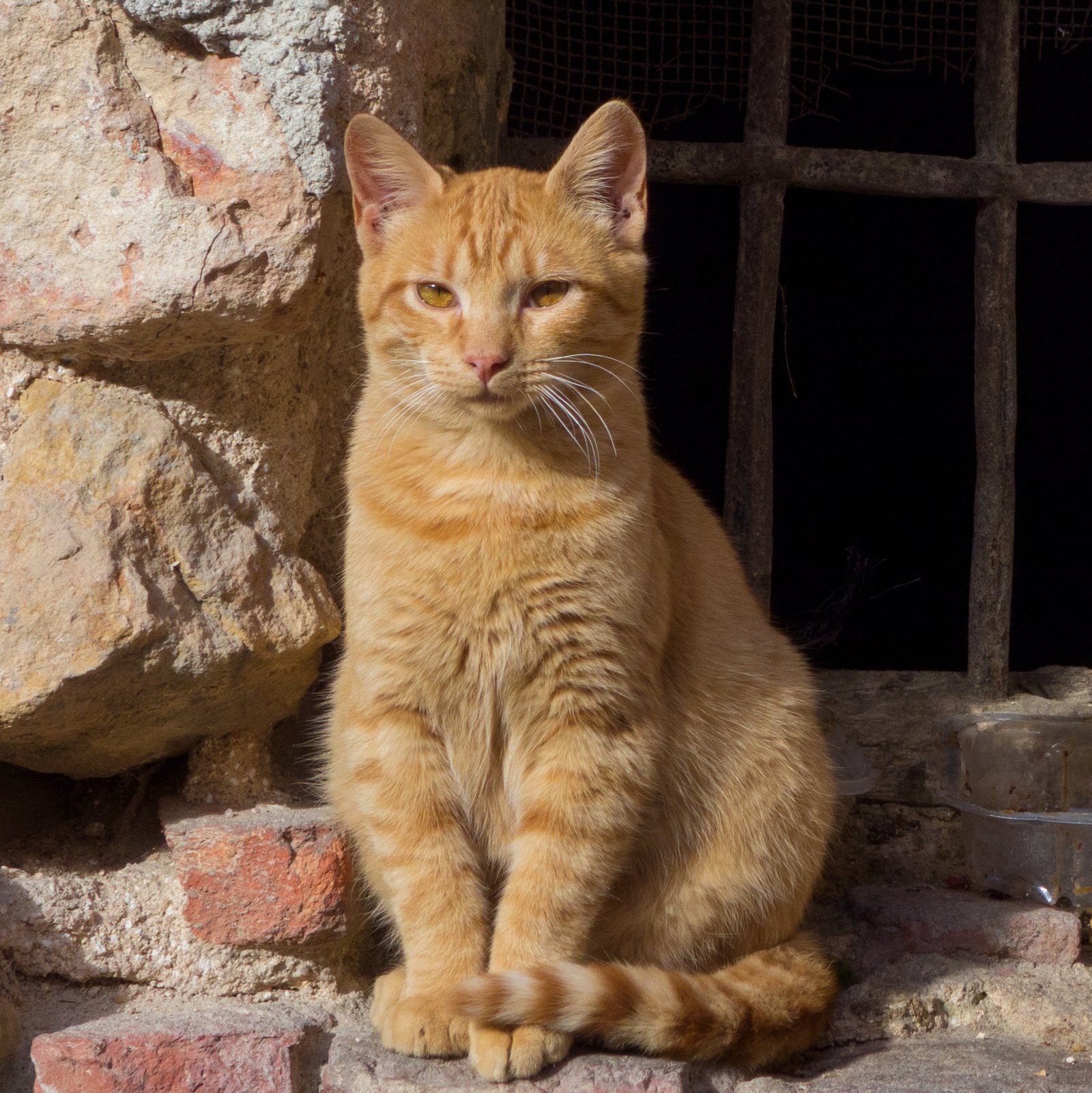Imagine the heart-stopping moment when your cat leaps onto a teetering stack of boxes, and you catch your breath, torn between swooping in or letting them figure it out. Being a cat lover means balancing the urge to protect with the need to foster confidence. It’s a dance of trust and gentle boundaries, where safety and growth meet in the everyday adventures of our whiskered companions. If you’ve ever wondered how to keep your feline friend safe without smothering their independence, you’re in the right place. Let’s explore how to reinforce safety without coddling, ensuring your cat thrives both in spirit and security.
Understanding the Feline Mind

Cats are curious by nature—tiny explorers with a fearless streak. They crave new experiences, but they also rely on us for guidance. Understanding how your cat thinks is the first step in creating a safe environment. Remember, cats learn from trial and error, so allowing small mistakes helps them grow wiser and more cautious. Overprotecting can make a cat anxious or dependent, while too much freedom can lead to danger. Striking the right balance isn’t always easy, but it starts with empathy and observation. Picture your home from your cat’s perspective: every nook is an opportunity, every ledge is a playground. Accepting this mindset helps you anticipate their needs and set boundaries that feel natural, not restrictive.
Creating a Safe Home Base

Your home should be a sanctuary where your cat feels both protected and free. Begin by removing obvious hazards—unsecured cords, toxic plants, and breakable objects should be out of paw’s reach. At the same time, don’t turn your house into a bubble-wrapped fortress. Instead, provide safe zones for exploration, like sturdy cat trees or window perches. Cats need places to climb, hide, and observe; these spaces build confidence and satisfy their instincts. When your cat feels secure in their environment, they’re less likely to seek danger elsewhere. By crafting a home that’s both secure and stimulating, you offer your cat the chance to learn, adapt, and blossom.
Setting Boundaries with Consistency

Boundaries aren’t just about saying “no”—they’re about teaching your cat what’s safe and what’s not. Consistency is key. If you let your cat on the kitchen counter one day and scold them the next, you’ll only create confusion. Instead, set clear, gentle rules. Use positive reinforcement when your cat follows the guidelines, like rewarding them for staying off forbidden surfaces. Over time, they’ll associate boundaries with safety, not punishment. It’s important to remember that cats test limits out of curiosity, not defiance. Be patient, and reinforce boundaries with calm repetition. This approach builds trust and helps your cat understand where they can safely roam.
Encouraging Independence

A confident cat is a happy cat. Encourage independence by giving your cat opportunities to solve problems and make choices. Puzzle feeders, treat-dispensing toys, and interactive games challenge their minds and bodies. Let your cat figure out how to open a box or reach a toy hidden under the couch. These little victories boost confidence and teach valuable life skills. Avoid hovering or stepping in too quickly—sometimes it’s okay for your cat to struggle a bit. Think of it like letting a child tie their own shoes; the process might be messy at first, but the sense of accomplishment is worth it. By fostering independence, you help your cat become resilient and adaptable.
Supervising Outdoor Adventures

Outdoor time can be thrilling for cats, but it comes with risks. Supervising your cat’s adventures is the best way to keep them safe without limiting their freedom. Consider leash training or building a “catio” (an enclosed patio for cats) where they can experience nature without exposure to traffic or predators. If you allow free-roaming, stay nearby and keep outings short at first. Watch for hazards like busy roads or stray animals, and gradually expand their boundaries as they prove responsible. Remember, supervision doesn’t mean constant surveillance—just being present and attentive when your cat is outside. This way, your cat gets to enjoy the world while you provide a safety net.
Introducing New Experiences Gradually

Cats can be sensitive to change, so bombarding them with new experiences can cause stress. Instead, introduce novelty gradually. Whether it’s a new piece of furniture, a guest in the house, or a trip to the vet, take things slow. Offer positive associations, like treats or gentle praise, to help your cat adjust. If your cat seems overwhelmed, give them space to observe from a safe distance. Over time, they’ll learn that new experiences aren’t scary—they’re just part of life. This method helps your cat build resilience without feeling overwhelmed or coddled.
Promoting Physical Activity Safely

Active play isn’t just fun—it’s vital for your cat’s health and well-being. Engage your cat with safe toys that mimic hunting behaviors, like feather wands or laser pointers. Make sure play areas are free of hazards, but don’t over-police their movements. Let your cat leap, pounce, and chase to their heart’s content, stepping in only if real danger arises. Structured play sessions also give you a chance to observe your cat’s abilities and adjust the environment as needed. By promoting safe physical activity, you help your cat burn energy, stay fit, and develop coordination—all without wrapping them in cotton wool.
Teaching Safe Socialization

Socialization is crucial for cats, especially if they live with other pets or children. Help your cat build positive relationships by facilitating gentle introductions and supervised interactions. Teach children how to approach and handle cats respectfully, and intervene if play gets too rough. Avoid forcing your cat into social situations they find uncomfortable, but don’t shield them entirely from new faces or friends. With patience, your cat will learn to navigate social situations with confidence. Safe socialization prevents fear-based behaviors and helps your cat feel comfortable in a variety of settings.
Monitoring Health Without Overreacting

It’s natural to worry when your cat seems off-color, but constant monitoring can make both you and your cat anxious. Instead, learn to recognize the difference between normal quirks and genuine health concerns. Watch for changes in appetite, behavior, or litter box habits, but resist the urge to panic over every sneeze or twitch. Regular vet checkups are important, but so is trusting your instincts and giving your cat space to recover from minor bumps and bruises. By striking this balance, you ensure your cat gets the care they need—without turning everyday life into a medical emergency.
Building Trust Through Positive Reinforcement

Positive reinforcement is one of the most effective ways to teach safety without coddling. Reward your cat for good choices with treats, petting, or playtime. Avoid punishment, which can erode trust and create fear. Instead, focus on celebrating successes, no matter how small. If your cat chooses the scratching post over the sofa, let them know you’re pleased. Over time, these positive interactions build a strong bond and encourage your cat to make safe, smart choices on their own. Trust grows from mutual respect, not control.
Using Cat-Proofing Techniques Wisely

Cat-proofing your home is an act of love, but it’s important not to go overboard. Secure windows and balconies, tuck away cords, and store cleaning products safely. However, don’t remove every challenge or obstacle—cats need stimulation to stay sharp. Leave safe objects for them to investigate, like cardboard boxes or paper bags. The goal is to eliminate real dangers while keeping life interesting. Think of cat-proofing as baby-proofing with a twist: you want to protect, but not prevent growth and exploration.
Allowing Safe Risk-Taking

Letting your cat take small, calculated risks helps them learn their limits. Climbing, jumping, and exploring new spaces are all part of healthy development. If your cat wants to scale the bookshelf, make sure it’s stable and watch from a distance. Resist the urge to intervene unless there’s real danger. These little adventures teach your cat coordination and judgment. By allowing safe risk-taking, you give your cat the freedom to test their abilities and build confidence, all under your watchful eye.
Responding Calmly to Accidents

Accidents happen—cats slip, knock things over, or misjudge a leap. When these moments occur, respond calmly. If you rush in with panic or scolding, your cat may become fearful or anxious. Instead, check for injuries, offer comfort, and assess whether changes are needed to prevent future mishaps. Most importantly, let your cat recover their dignity and try again. This approach teaches resilience and shows your cat that mistakes are part of learning, not something to be punished or feared.
Recognizing the Difference Between Coddling and Caring

Caring means meeting your cat’s needs with love and attention, but coddling crosses the line into overprotection. If you find yourself doing everything for your cat—feeding them by hand, carrying them everywhere, or never letting them out of your sight—it might be time to step back. Ask yourself whether your actions foster independence or create dependence. Remember, it’s possible to love deeply without hovering. Cats thrive when they’re trusted to manage small challenges and make their own choices, with you as their supportive guide.
Handling Fearful Behavior Constructively

All cats experience fear at times, whether it’s triggered by loud noises, strangers, or unfamiliar places. When fear arises, respond with patience and empathy. Give your cat a safe retreat, but don’t reinforce avoidance by coddling excessively. Encourage gradual exposure to whatever causes fear, using treats and gentle encouragement to build confidence. Over time, your cat will learn that the world isn’t so scary after all. Handling fear constructively helps your cat become more adaptable and less reliant on you for constant reassurance.
Balancing Routine and Novelty

Cats love routine, but they also need novelty to stay mentally sharp. Establish predictable mealtimes and play sessions, but sprinkle in new toys, scents, or hiding spots to keep life interesting. Too much routine can lead to boredom, while too much change can cause stress. The sweet spot is a stable foundation with just enough surprises to spark curiosity. This balance keeps your cat engaged, adaptable, and eager to explore the world—without feeling overwhelmed or coddled.
Teaching Self-Soothing Skills

Just like people, cats need to learn how to calm themselves when stressed. Provide cozy hiding spots, soft blankets, or access to high shelves where your cat can retreat and recharge. Avoid rushing to comfort your cat every time they seem anxious—sometimes, they need space to process their feelings. By teaching self-soothing skills, you help your cat develop independence and resilience. Over time, they’ll learn that they can handle life’s ups and downs without constant intervention.
Modeling Calm and Confidence

Cats are highly attuned to our emotions. If you’re anxious or overprotective, your cat may mirror those feelings. Model calm, confident behavior by speaking softly, moving slowly, and projecting a relaxed demeanor. When your cat faces a challenge, show them through your actions and words that everything will be okay. This sense of security helps your cat approach new situations with curiosity rather than fear. Remember, your energy sets the tone for your cat’s world.
Adapting to Your Cat’s Unique Personality

No two cats are exactly alike. Some are bold adventurers, while others are cautious observers. Pay attention to your cat’s individual temperament and adapt your approach accordingly. A shy cat may need more encouragement to take risks, while a daring one might require firmer boundaries. Celebrate your cat’s unique strengths and gently challenge their limitations. By honoring their individuality, you help your cat reach their full potential—safely and confidently.
Knowing When to Step In

There are times when intervention is necessary—when your cat’s safety is genuinely at risk. Trust your instincts and don’t hesitate to step in if danger looms, whether it’s a fight with another animal or a precarious climb. The key is to step back as soon as the threat has passed, allowing your cat to regain independence. Knowing when to intervene and when to observe is the hallmark of a wise cat guardian. It’s a delicate balance, but one that pays off in a confident, capable feline companion.
Celebrating Your Cat’s Growth

Every milestone, from mastering the cat tree to navigating a tricky social encounter, deserves celebration. Acknowledge your cat’s progress with extra playtime, treats, or simply a loving scratch behind the ears. These moments of recognition reinforce positive behaviors and remind you both of how far you’ve come. Watching your cat grow braver, bolder, and more independent is one of the greatest joys of companionship. So savor the journey, and celebrate every step—no matter how small.
Hi, I’m Bola, a passionate writer and creative strategist with a knack for crafting compelling content that educates, inspires, and connects. Over the years, I’ve honed my skills across various writing fields, including content creation, copywriting, online course development, and video scriptwriting.
When I’m not at my desk, you’ll find me exploring new ideas, reading books, or brainstorming creative ways to solve challenges. I believe that words have the power to transform, and I’m here to help you leverage that power for success.
Thanks for stopping by, Keep coming to this website to checkout new articles form me. You’d always love it!






